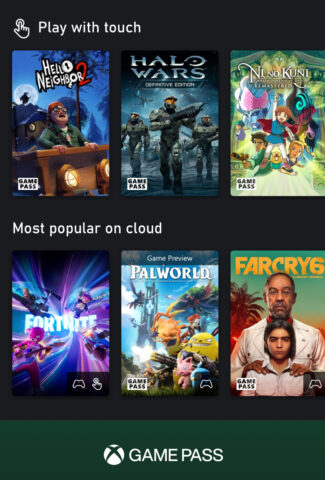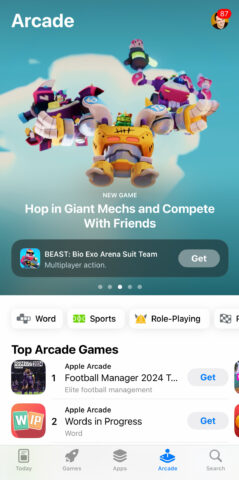AAA games on tap? Sure, if your connection’s good enough – and cloud gaming companies still care
January 2024 marked a pivotal moment for the App Store. The EU, with its Digital Markets Act, declared the App Store a ‘gatekeeper’ and mandated Apple open it up to competition.
For the first time, third-party app stores will appear on Apple mobile devices – but (for now) only on iPhone and only within the EU. We imagine other regions will closely observe the ramifications, potentially leading to Apple’s hand later being forced elsewhere too.
Unsurprisingly, the news dominated discussion in Apple and tech circles. Which meant another related development quietly slipped out: Apple finally allowing game streaming apps on the App Store. But this change was immediate, worldwide and not confined to iPhone.
Against the stream
By game streaming, we’re not talking about people playing games to an audience on streaming video services like Twitch or YouTube. We’re referring to cloud gaming, where video games run on remote servers, and their output is sent to your device. You don’t need a console to play, much like you don’t need a CD player for Apple Music or a Blu-ray player for Netflix.
Early ventures in cloud gaming began around the turn of the century – but gained serious momentum through Google and Microsoft initiatives towards the end of the 2010s. However, when companies attempted to bring these services to the App Store, Apple rejected them, citing violations of its guidelines.
In 2020, Apple modified its stance, allowing game streaming – but requiring each game to be submitted as an individual app. Many found this ludicrous – imagine if Apple applied the same logic to Netflix and Spotify, demanding each TV show or album be a separate app! Naturally, people started to question why Apple was digging its heels in. Was it concerned the availability of console-grade games via streaming would erode income from native mobile titles full of IAP and the Apple Arcade subscription service?
Game on
The new rules, though, shake things up and remove many barriers. While streaming service apps must still pass app review, they will be evaluated as single entities. So what does this mean for the future of gaming on iPhone and iPad?
The key benefit is increased choice. Apple has championed the arrival of AAA console-quality games for iPhone, but in reality only a few have been announced. Moreover, they require the latest and most powerful iPhones. By contrast, streaming works on a broader range of devices. It’s also cost-effective, giving you access to numerous games for a low monthly fee.
But is the demand there? Service providers may be fed up with Apple’s prior stance and now care little about supporting its platforms. Mobile gamers may prioritize titles optimized for mobile devices rather than those that require an external controller for the best experience. Alternatively, they might end up going all-in with streaming, removing the need for native iPhone ports. Or we may end up at a sweet spot, where people simply play more games of all kinds on their iPhones.
Lots of unknowns, then. But one thing isn’t: this change feels positive. More choice is good. Competition keeps everyone keen. And for Apple, it finally marks ditching a position that was indefensible – and incompatible with its desire to position the iPhone as a top-tier gaming platform.



